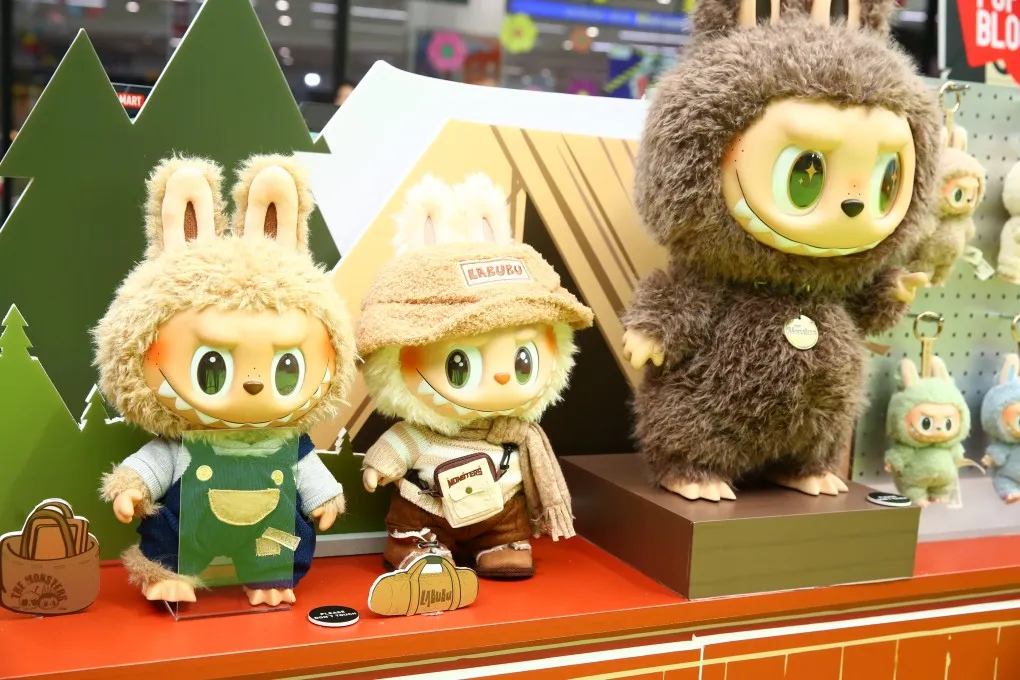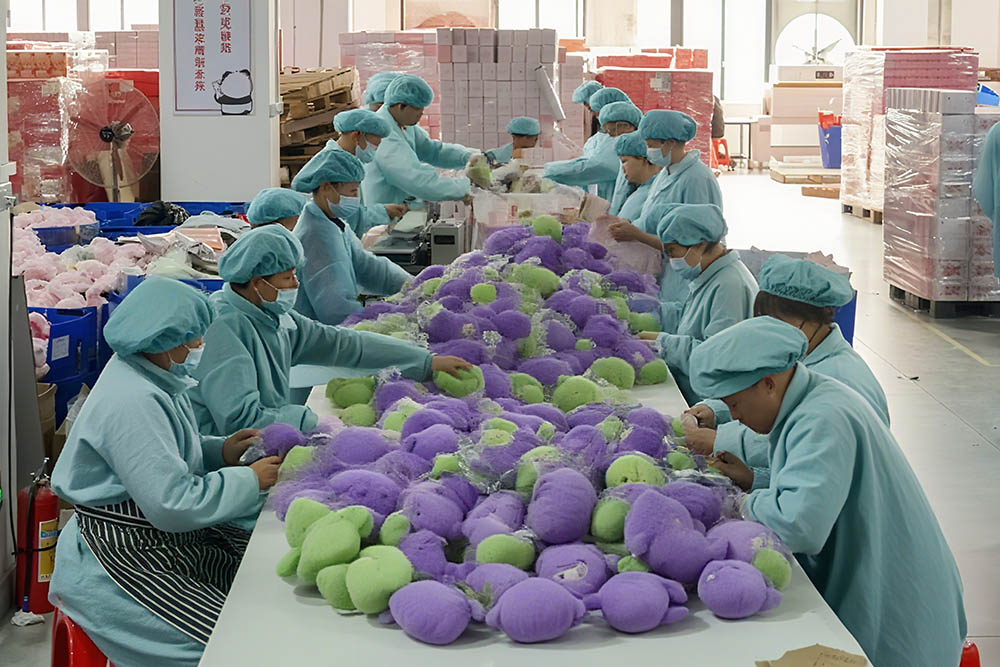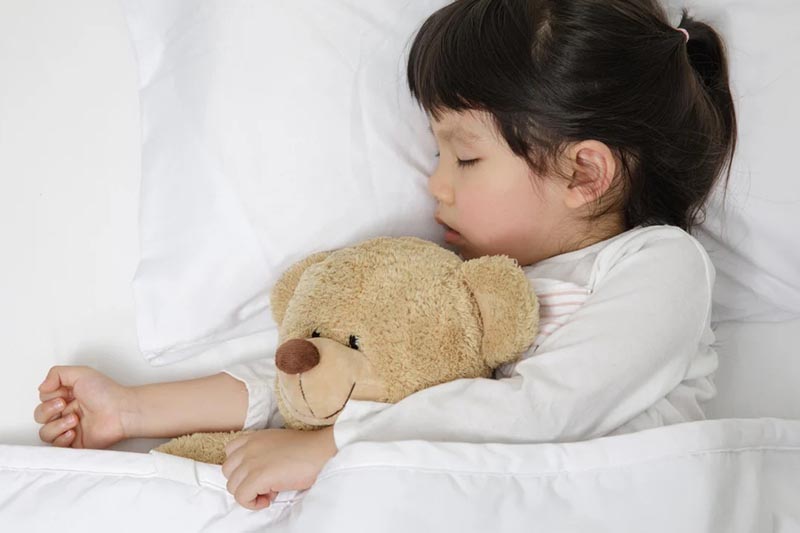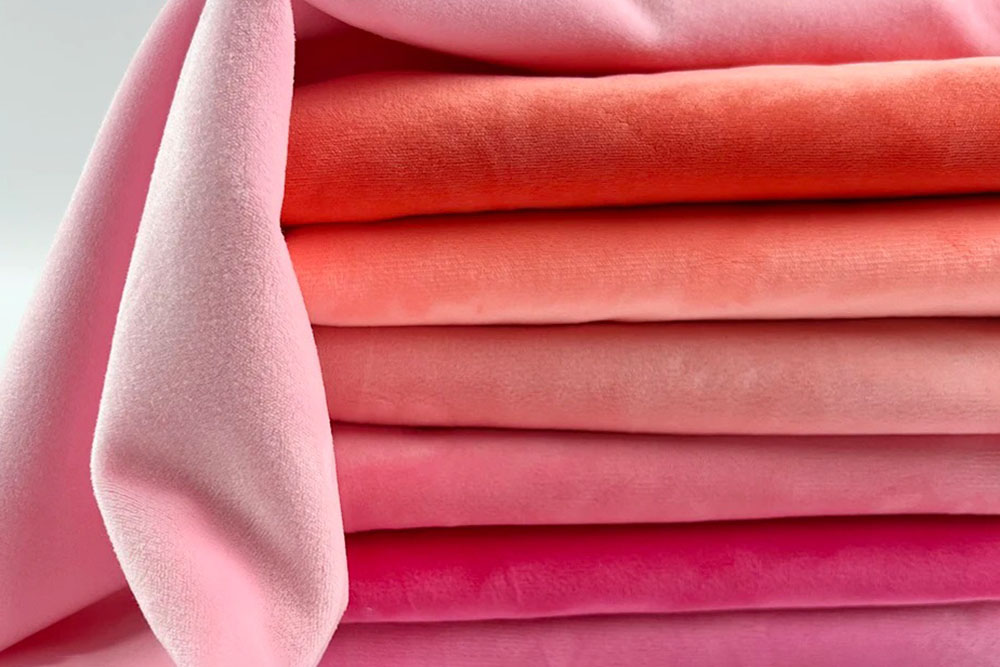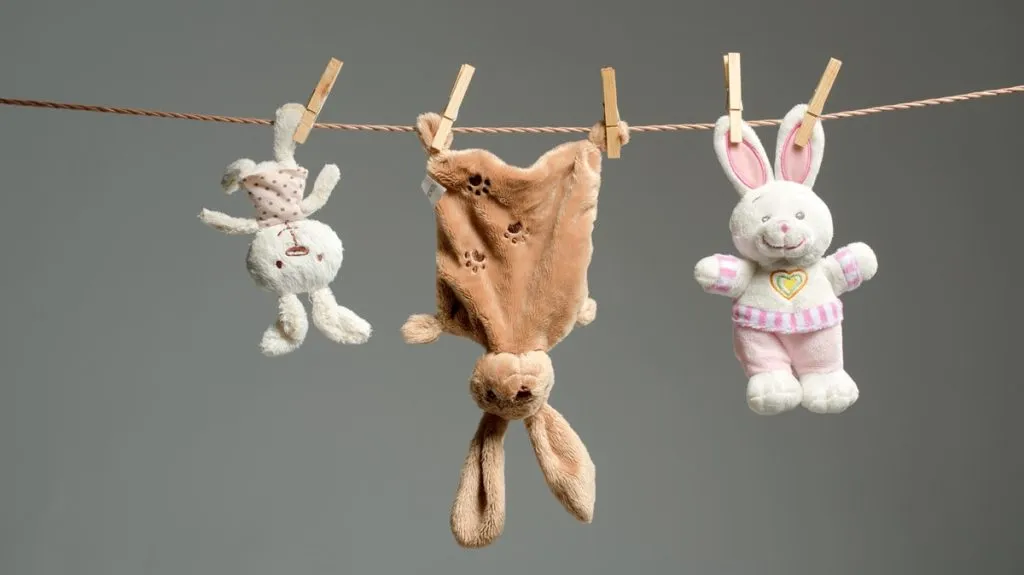Every plush toy begins with an idea that grows into a tangible product. From sketches to shipping cartons, each step requires precision and expertise to ensure safety, durability, and appeal.
Stuffed animals are made through a series of carefully controlled steps: design, material selection, cutting, sewing, stuffing, shaping, inspection, and packaging. Each stage is essential to delivering safe, durable, and attractive toys that meet international standards.
The process is both creative and technical. Let’s explore how a simple concept transforms into a beloved stuffed companion.
1. Design and Pattern Making

Before a plush toy is produced, it begins with creative design. At this stage, designers decide on the toy’s shape, size, features, and even the type of expression on its face. Concept sketches are drawn, followed by detailed front, side, and back views. These sketches are then transformed into technical blueprints.
In manufacturing, patterns are created using either traditional paper templates or advanced CAD systems. Each pattern piece represents a section of the toy, such as the head, arms, or torso. Accuracy is critical because even a few millimeters of error can affect the toy’s proportions.
In practice, pattern makers cut prototype templates and test them with fabric samples. Adjustments are made until the toy has the right balance of softness, structure, and appearance. Factories like Kinwin often develop several prototypes before final approval, ensuring the toy meets safety and design standards. This process not only refines aesthetics but also prepares the product for scalable mass production.
Table: Key Elements in Design & Pattern Making
| Step | Description | Impact on Final Toy |
| Concept Sketching | Initial drawings of the toy’s look and features | Sets creative direction |
| Pattern Creation | Paper or CAD templates for each fabric piece | Ensures accurate proportions |
| Prototype Testing | Trial sewing using sample fabrics | Helps refine size, balance, and softness |
| Final Approval | Confirmed design ready for mass production | Guarantees quality and consistency |
A strong start in design and pattern making guarantees fewer production problems, better quality, and a toy that appeals to customers worldwide.
2. Material Selection

The next step is selecting the right materials. Plush toys must feel soft, look appealing, and remain safe for all ages. Material choices affect comfort, durability, and compliance with safety standards.
Manufacturers typically choose polyester plush, velboa, or minky fabrics for outer shells, while fillings may include polyester fiber, recycled cotton, or foam beads. Each material must meet safety regulations such as CE and ASTM certifications.
Factories test materials for colorfastness, strength, and resistance to wear. Softness is important, but durability matters equally, especially for toys that will endure repeated washing and handling. For eco-friendly buyers, organic cotton or recycled polyester is increasingly popular. High-quality stitching requires fabrics with stable stretch properties to prevent distortion.
Table: Common Materials in Plush Toy Production
| Material Type | Example Fabrics | Key Features | Common Use |
| Outer Fabric | Polyester plush, velboa, minky | Soft, durable, colorfast | Toy surface and body |
| Filling | Polyester fiber, cotton, beads | Lightweight, washable, hypoallergenic | Toy stuffing |
| Trimmings & Details | Felt, embroidery threads, safety eyes | Adds detail and expression | Eyes, nose, decorative elements |
Choosing the right materials ensures toys feel pleasant to touch, look visually attractive, and pass global safety requirements.
3. Cutting the Fabric

Once materials are selected, precision cutting begins. Cutting is one of the most technical steps in plush toy production because it determines the accuracy of the toy’s final shape.
Factories use cutting machines, dies, or even laser systems to ensure each piece matches the approved pattern. Manual cutting is possible but less consistent for large production runs.
In high-volume production, automated cutting machines optimize fabric use and reduce waste. Multiple fabric layers are stacked and cut together to maintain uniformity. Cutting errors can distort the toy’s proportions or create sewing challenges, so quality control starts here.
Table: Cutting Methods Used in Plush Production
| Cutting Method | Description | Advantages | Limitations |
| Manual Cutting | Workers cut fabric with scissors | Flexible for small runs | Less consistent for bulk orders |
| Die-Cutting | Metal dies press through fabric layers | High consistency, efficient | Higher tooling cost |
| Laser Cutting | Laser precision cuts fabric edges | Accurate, clean edges | Costly equipment |
Accurate cutting ensures that every plush toy maintains the intended design, allowing smooth assembly in later steps.
4. Sewing and Assembly

Sewing is where individual fabric pieces become a recognizable toy. Skilled workers or specialized machines stitch the cut pieces together, following strict procedures.
Most seams are sewn inside-out, so stitches remain hidden once the toy is turned right-side out. Key features like ears, tails, and arms are attached during this step. Embroidery machines may also add details like eyes, mouths, or logos.
High-quality factories use double stitching or lockstitch machines for extra strength. Stress points, such as joints and corners, receive reinforcement stitching. Some parts, like safety eyes, are fixed during sewing to ensure they cannot detach later.
Table: Sewing & Assembly Considerations
| Process Step | Description | Importance |
| Inside-Out Sewing | Pieces stitched with seams inward | Provides clean outer finish |
| Embroidery/Details | Eyes, mouth, logos added via embroidery | Adds character, ensures durability |
| Reinforced Seams | Extra stitching at stress points | Prevents tearing under pressure |
This stage demands precision and skill. Strong stitching ensures the toy can withstand daily use, while careful assembly defines its final look.
5. Stuffing the Toy

After sewing, the toy takes shape through stuffing. The type and quantity of filling directly affect softness, weight, and durability.
Factories typically use polyester fiberfill because it is lightweight, hypoallergenic, and washable. For specialty toys, alternative fillings like cotton, foam beads, or scented beads may be used.
Stuffing is performed with machines that blow fibers into the toy or by hand for delicate shapes. Workers adjust the density to balance firmness and softness. Too little stuffing causes the toy to collapse, while too much makes it rigid.
Table: Common Toy Fillings
| Filling Type | Features | Best For |
| Polyester Fiberfill | Lightweight, washable, hypoallergenic | Most plush toys |
| Cotton | Natural, breathable | Eco-friendly plush designs |
| Foam Beads | Flexible, moldable feel | Bean bag plush toys |
| Scented Beads | Added fragrance, novelty appeal | Promotional or themed toys |
Proper stuffing ensures the toy holds its shape, feels pleasant, and meets consumer expectations for comfort.
6. Closing and Shaping

Once stuffed, toys must be securely closed and shaped. This is the finishing step that gives the plush its final form.
Workers use hand-sewing or hidden stitches to close openings. The toy is then shaped by hand to ensure even stuffing distribution and balanced appearance.
Shaping may include adjusting limbs, smoothing fabric, or brushing the outer surface. If embroidery details need final adjustments, this is also the stage. Closing stitches must be strong enough to withstand pulling and washing without opening.
Table: Closing & Shaping Essentials
| Step | Description | Importance |
| Hand Stitching | Closing seams manually | Ensures secure closure |
| Shape Adjustment | Adjusting limbs and body | Improves toy symmetry and appeal |
| Surface Finishing | Brushing or smoothing plush fabric | Enhances softness and appearance |
This careful attention to shaping ensures that every toy looks attractive and feels consistent to the customer.
7. Quality Inspection

No toy leaves the factory without inspection. Quality control ensures safety, durability, and compliance with global standards.
Inspectors check stitching strength, fabric quality, stuffing balance, and attachment of details. Toys undergo pull tests, wash tests, and checks for sharp edges or loose parts.
Factories often use the AQL (Acceptable Quality Level) system to measure defects. Toys must pass international safety certifications such as CE (Europe) and ASTM (USA). Any toy that does not meet requirements is rejected or reworked.
Table: Quality Inspection Checklist
| Inspection Focus | Test/Check Applied | Purpose |
| Seams & Stitching | Pull test, visual check | Prevents tearing |
| Stuffing Balance | Manual squeeze, weight check | Ensures comfort and shape |
| Safety Components | Pull test for eyes/nose | Prevents choking hazards |
| Wash Durability | Wash and dry test | Ensures long-term usability |
Strict quality checks guarantee that the plush toys are safe, consistent, and ready for international markets.
8. Packaging and Shipping

The final step is packaging and preparing toys for shipment worldwide. Packaging must protect the toy, communicate brand identity, and meet retailer requirements.
Factories use polybags, custom boxes, or eco-friendly packaging depending on client needs. Packaging often includes tags, labels, and compliance information.
For bulk shipping, toys are packed into export cartons. Each carton is labeled with product codes, order numbers, and country-specific compliance marks. Factories arrange logistics for delivery by sea, air, or land freight, balancing cost and speed.
Table: Packaging & Shipping Essentials
| Packaging Type | Features | Best For |
| Polybag Packaging | Simple, protective, low cost | Standard wholesale orders |
| Custom Box | Branded, retail-ready presentation | Premium retail products |
| Eco-Friendly Options | Recycled or biodegradable materials | Sustainable product lines |
Proper packaging and efficient logistics ensure toys arrive safely and on time, strengthening brand trust with customers.
From sketch to shipment, every step in plush toy production requires expertise and attention to detail. At Kinwin, we ensure designs become safe, durable, and beautiful toys that meet the highest standards.
If you are sourcing plush toys or planning a new collection, contact Kinwin today at [email protected] or visit https://kinwintoys.com/ to explore our customization and manufacturing solutions.



